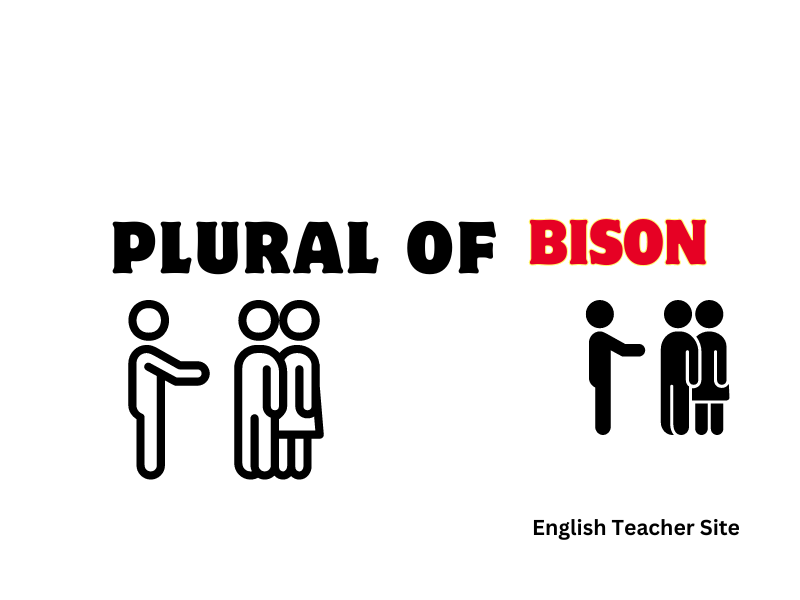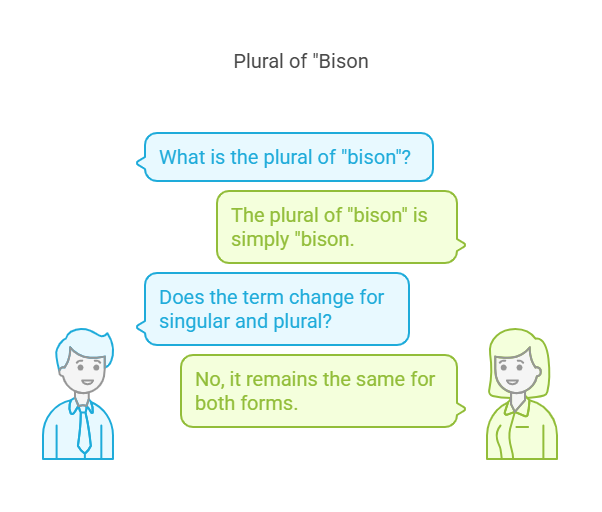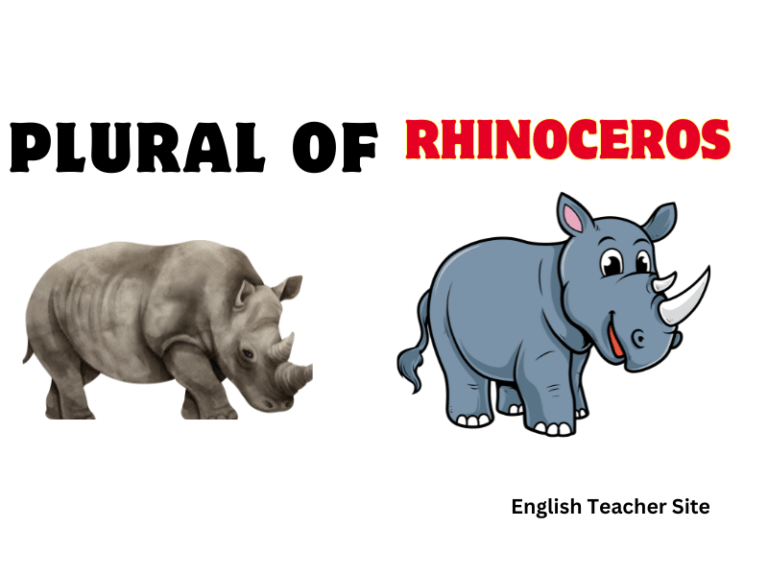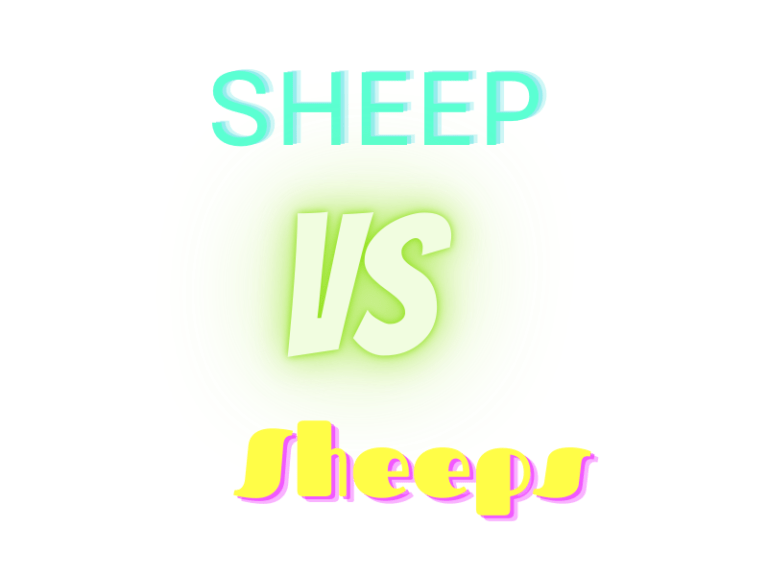Plural of Bison The Answer You Didn’t See Coming

Why the Plural of Bison Sparks So Much Confusion
Unlike many animal names, bison belongs to a unique group of nouns that don’t change form between singular and plural. Similar to sheep or deer, the word bison can refer to one majestic animal or a thundering herd. The difference depends entirely on context, not spelling.
Understanding Irregular Plural Nouns
What Makes a Noun Irregular?
Irregular nouns refuse to follow the conventional add-s rule. Instead, they rely on entirely different systems—some change their internal spelling, some change their word altogether, and others, like bison, don’t change at all. These words are linguistic rebels, often preserving forms from ancient languages.
Plural Nouns That Stay the Same in Singular Form
English has a number of these stubborn nouns. Sheep, moose, salmon, and aircraft are all examples where singular and plural forms are identical. This rule tends to apply to species names and objects that are typically viewed in groups.

Plural of Bison The Answer You Didn’t See Coming
The Straightforward Truth About Bison
The plural of bison is… bison. No s, no alterations. Whether you’re observing one bison grazing on the prairie or a thousand stampeding across the plains, the word stays exactly the same.
Why Bison Is Both Singular and Plural
The reasoning is simple. Bison is considered an uncountable noun when referring to the species and a countable noun when referring to individuals. English defaults to using the same word in both cases. One bison. Ten bison. Context does the heavy lifting.
How Dictionaries and Grammar Authorities Define Bison
What Leading Dictionaries Say About the Plural of Bison
Merriam-Webster, Oxford English Dictionary, and Cambridge all agree: bison is both singular and plural. None of them list bisons as an accepted variation in modern English.
Why Grammar Experts Agree on the Plural Form
Experts rely on tradition, linguistic consistency, and widespread usage. Since bison has been treated as an invariant noun for centuries, there’s consensus. Adding an s would break from established grammatical norms.
Regional Variations (If Any) in Usage
Although bison is universally treated as both singular and plural, regional dialects occasionally slip in a bisons—typically in casual conversation rather than formal writing. These variations aren’t recognized in standard English but may pop up informally.
Common Mistakes People Make With the Word Bison
Adding an Unnecessary S at the End
The most common mistake is the addition of an s, forming bisons. While intuitive, this is grammatically incorrect in standard English and can be jarring in formal or academic contexts.
Confusing Bison With Similar Animal Terms
Many confuse bison with buffalo. While both terms describe large bovine animals, they refer to different species. Adding to the confusion, buffalo does pluralize as buffaloes or buffalos in different contexts, leading some to misapply the rule to bison.
Misunderstanding the Singular vs Plural Use in Sentences
Writers and speakers sometimes trip up on verb agreement. Remember, bison remains unchanged, but verbs will shift depending on whether you’re describing one animal or many. “The bison is grazing” versus “The bison are grazing.”
When and How to Use Bison in Writing and Speech
Writing About Bison in Scientific Contexts
Scientific writing demands precision. In biological texts, bison refers to both the species and individual animals. Clear sentence construction helps clarify meaning. Use specific numbers when necessary: “Ten bison were tagged for migration studies.”
Talking About Bison in Everyday Conversation
In casual settings, most people use bison correctly without realizing it. If confusion arises, adding a clarifier like one or many can help: “I saw one bison yesterday” or “There were dozens of bison by the river.”
Clarifying Plurality Through Sentence Structure
Context is your best tool. Verbs and adjectives surrounding bison indicate whether it’s singular or plural. You rarely need to change the noun itself when the sentence provides enough clues.
Quick Tips to Remember the Plural of Bison
Simple Memory Aids That Actually Work
Think of bison like sheep. If you wouldn’t say sheeps, you shouldn’t say bisons. Linking the two can help cement the rule in your memory.
Real-Life Examples That Make It Easy to Understand
“The bison grazes in the field.” One animal.
“The bison graze in the valley.” Many animals.
The sentence structure provides clarity without the need for pluralization.
Avoiding Common Pitfalls in Both Speech and Writing
Be cautious not to overthink. Stick to standard rules: bison works for both one and many. And if you’re ever uncertain, consult a trusted dictionary or style guide.
Conclusion
The plural of bison is, quite simply, bison. No changes, no extra letters. One word covers both singular and plural.
Key Takeaways to Use With Confidence
- Bison remains unchanged whether singular or plural.
- Context and verb agreement clarify meaning.
- Avoid bisons in formal writing and professional speech.
The word bison is a reminder of English’s delightful eccentricities. Embracing these quirks not only improves your language skills but also deepens your appreciation for the stories behind the words we use every day.
Sources
My name is Khamis Maiouf. I am the creator of the English Teacher Site, dedicated to providing valuable resources and insights for students around the world. With a passion for education and a commitment to helping students enhance their skills, I aim to make English teaching more effective and enjoyable for both educators and students.






